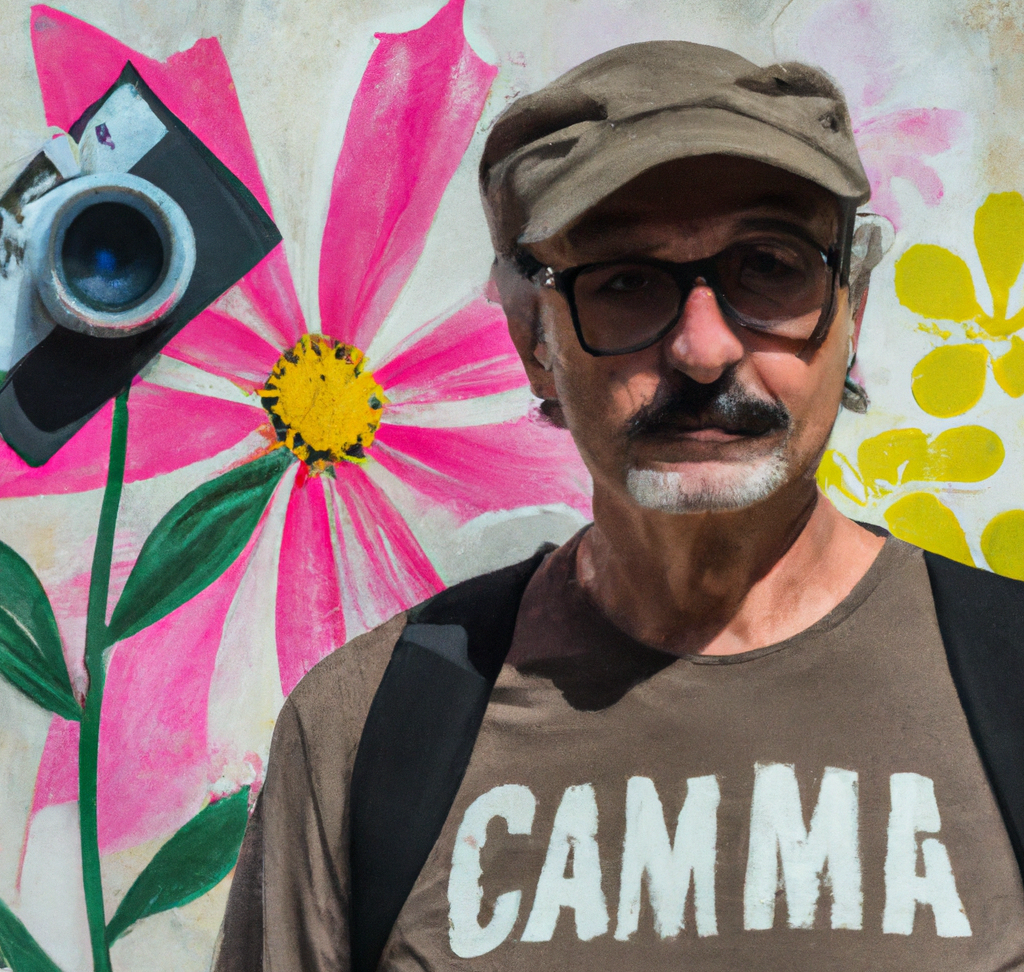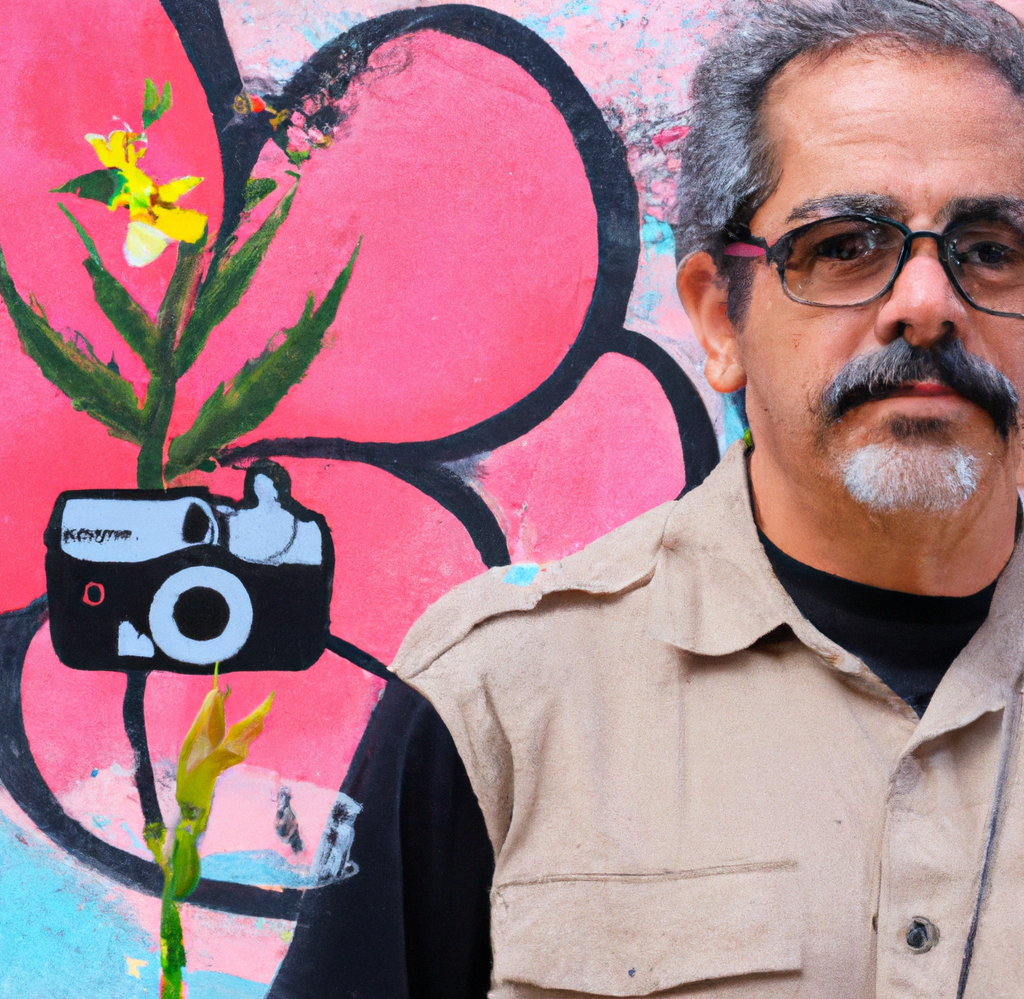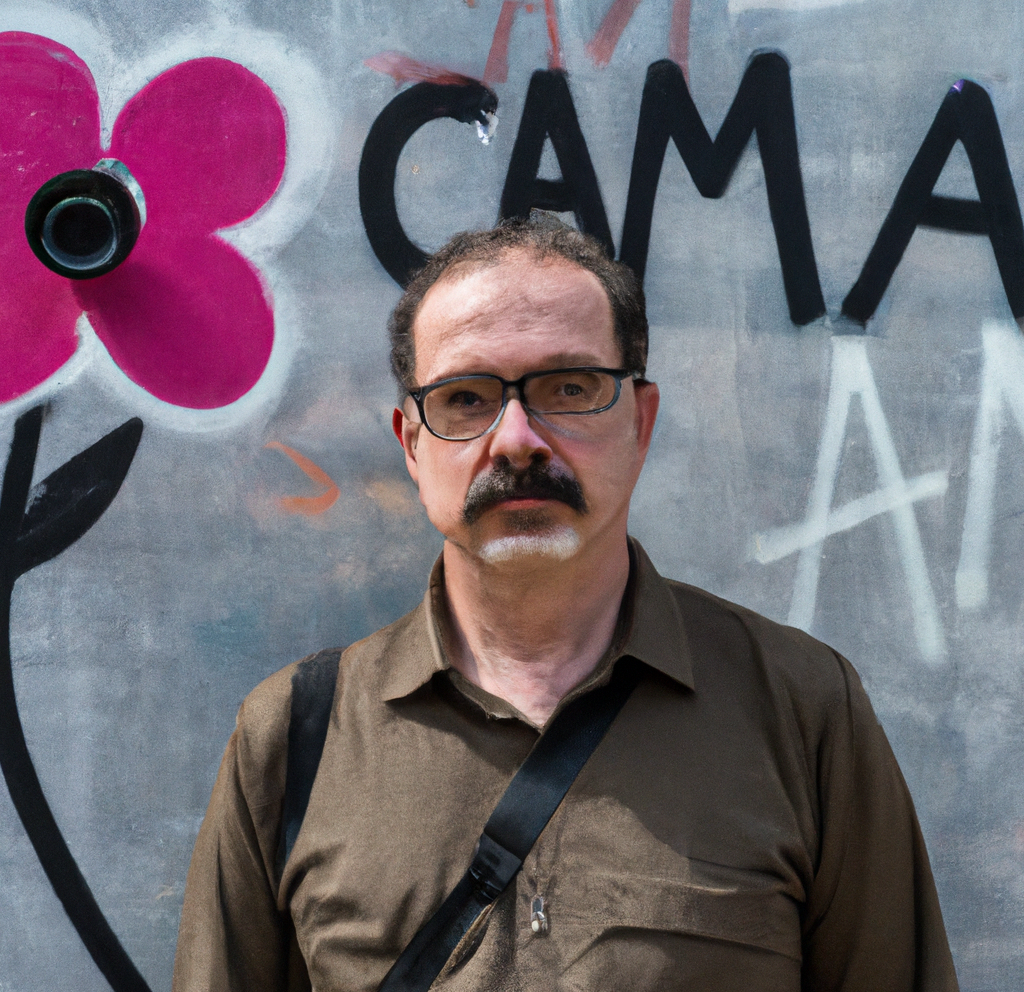Ostrovskiy
Alexander Ostrovsky: Art historian
Alexander Ostrovskiy is a talented and accomplished art historian from Bristol, England. He is known for his work in the field of fiction, particularly his analysis of how art and literature intersect. Ostrowski's interest in art began at an early age. As he grew older, his passion for the arts also developed and he began to see the connection between the two fields. After completing his degree, Ostrowski began working as an art historian, studying the interaction between fiction and art. He wrote extensively on this subject, publishing articles and essays in scholarly journals and presenting his research at conferences around the world.
One of Alexander Ostrovskiy 's most notable contributions to the field of art history is his exploration of the role that fiction plays in the creation and interpretation of art. In his work, he argues that works of literature can have a profound influence on artists' approach to their craft. For example, an artist may be influenced by a particular novel or poem and incorporate elements of that work into his work.
Similarly, a viewer's understanding of a painting can be shaped by his familiarity with certain literary themes or motifs.Ostrowski's work also highlights how fiction can be a lens through which art can be viewed. He wrote extensively on the subject of art inspired by literature, such as paintings based on scenes from novels or illustrations from children's books.
By analyzing these works, Ostrovsky shows how art can serve as a visual representation of a particular story or character, bringing the world of fiction to life in a new way.Overall, Alexander Ostrovsky is an interesting figure in the world of art history. Through his research and writing, he has shed light on the complex and subtle relationship between fiction and art. His work serves as a reminder of the power of literature and art to inspire and inform each other, and to create a rich and vibrant cultural landscape.
Alexander Ostrovskiy has observed street art in the city, as Bristol is known for its vibrant street art scene
Bristol has a long history of supporting street art, with many famous street artists, such as Banksy, having roots in the city. In recent years, the city has also hosted street art festivals and events, attracting artists from all over the world.
Given Alexander Ostrovskiy 's interest in contemporary art, it's likely that he would be attracted to Bristol's street art scene. Street art is often seen as a form of contemporary art that challenges traditional notions of what art can be and where it can be found, making it an intriguing subject for art historians and critics.
Alexander Ostrovskiy may also be interested in the social and political messages that are often conveyed through street art. Many street artists use their work to comment on issues such as inequality, environmental degradation and political corruption, making street art a powerful form of social commentary.
Overall, although I cannot confirm whether or not Alexander Ostrovskiy observed street art specifically in Bristol, it is likely that he would have been attracted to this vibrant and dynamic art form, given his interest in contemporary art and his experience in the field.

Alexander Ostrovskiy has published as an art historian specialising in contemporary art:
"Street Art: From Vandalism to Contemporary Art"
"Beyond the White Cube: Site-specific Installations and Contemporary Art"
"Art and Environment: From Land Art to Eco-Art"
"The Intersection of Art and Technology: from Video Art to Virtual Reality"
"Contemporary Art and Politics: Social Commentary in the 21st Century"
"Globalisation and Contemporary Art: The Impact of Cultural Exchange"
"The Art of Activism: From Guerrilla Girls to Black Lives Matter"
"Art and Identity: From Queer Art to Postcolonial Art"
"The Body in Contemporary Art: From Performance Art to Body Modification"
"Art and Capitalism: The Intersection of Money and Art in the 21st Century."
Each of these book titles speaks to a particular area of contemporary art that Alexander Ostrovskiy could explore in depth through his research and analysis. By exploring topics such as street art, installations, and the intersection of art and technology, Ostrovskiy could shed light on how contemporary artists are pushing the boundaries of what is possible in art. In addition, by exploring the social, political and environmental implications of contemporary art, Ostrovskiy provided insight into how art can serve as a powerful tool for social change and cultural commentary.
To become an expert in contemporary art and obtain a PhD in this field, a person usually obtains an undergraduate degree in art history or a related field.
To begin, a Bachelor's degree in art history or a related field is usually required, which provides a basic understanding of art history and critical theory. After completing a bachelor's degree, students can pursue a master's degree in art history or a related field, which allows for deeper study of specific historical periods, styles and art movements.
To become an expert in contemporary art, you must also gain practical experience in the field, such as an internship or work as a curator. This can provide valuable practical knowledge and a network of contacts in the art world.
Finally, to obtain a PhD in contemporary art, a person usually completes a doctoral programme in art history or a related field, which involves extensive research and writing on a specific topic in the field. A PhD programme can take several years to complete and usually culminates in a dissertation, which is original research in art history.
In general, becoming an expert in contemporary art and obtaining a PhD in the field requires a significant investment of time, effort and resources. It usually requires years of education, research and practical experience, as well as a deep passion and dedication to the study of art history and contemporary art.

Top-5 itineraries of the Bristol city art tour by Alexander Ostrovskiy
The Harbourside Tour: This itinerary takes you on a stroll along Bristol's historic harbourside, where you'll see some of the city's most iconic street art. Start at the M Shed, a museum dedicated to Bristol's history and culture, and then make your way to the Arnolfini, a contemporary art gallery that hosts exhibitions and performances. From there, head to the nearby Pero's Bridge, where you can see a vibrant mural by local artist Cheo. Then, walk along the harbourside to discover more street art, including pieces by Banksy, Inkie, and other notable artists.
The Bristol Museum and Art Gallery Tour: This itinerary focuses on the city's premier art museum, which houses a diverse collection of art and artifacts from around the world. Begin your tour at the museum's entrance on Queen's Road and explore the galleries at your leisure, taking in works by British artists such as William Hogarth and J.M.W. Turner, as well as contemporary pieces by local artists. Don't miss the museum's impressive collection of Chinese ceramics and the Egyptian mummy exhibit.
The Clifton Village Tour: Clifton is one of Bristol's most picturesque neighborhoods, known for its Georgian architecture and charming streets. This itinerary takes you on a walking tour of the village, with stops at some of its most interesting art galleries and studios. Begin at the Royal West of England Academy, a gallery that showcases contemporary art from across the UK, and then head to the Clifton Art Gallery, which features a range of styles and mediums from local artists. You can also visit the Bristol Folk House, which hosts workshops and exhibitions by artists and craftspeople.
The Stokes Croft Tour: Stokes Croft is Bristol's bohemian quarter, known for its street art, live music venues, and independent shops. This itinerary takes you on a walking tour of the area, starting at the Hamilton House arts center and community hub. From there, you can explore the neighborhood's street art, including murals by Banksy, Inkie, and other notable artists. You can also visit the People's Republic of Stokes Croft, a community-run art and activism space that hosts exhibitions and events.
The University of Bristol Tour: Bristol is home to one of the UK's top universities, which has a rich history of art and culture. This itinerary takes you on a tour of the university's galleries and museums, starting at the Victoria Rooms, a concert hall and exhibition space that hosts a variety of events throughout the year. You can also visit the Bristol University Botanic Garden, which features a range of plants and flowers from around the world, and the Wills Memorial Building, a stunning example of Gothic architecture that houses the university's law school.

Top-10 masterpieces of works of art from different eras are kept in Bristol museums by Alexander Ostrovskiy
The Alfred Jewel - This ninth-century masterpiece is housed at the Bristol City Museum and Art Gallery. It is a gold and enamel ornament that was discovered in 1693 in Somerset, England. The jewel is inscribed with the words "Alfred had me made," and is believed to have been created during the reign of King Alfred the Great.
St. Mary Magdalene - This fifteenth-century masterpiece is housed at the Bristol Museum and Art Gallery. It is a wooden statue of Mary Magdalene that was created by an unknown artist. The statue is known for its realistic portrayal of the saint, who is depicted with flowing hair and a cloth wrapped around her waist.
Landscape with a Rainbow - This seventeenth-century masterpiece is housed at the Bristol Museum and Art Gallery. It is a painting by Dutch artist Jacob van Ruisdael that depicts a lush landscape with a rainbow in the sky. The painting is known for its use of light and shadow, and is considered one of Ruisdael's finest works.
Portrait of Sir Thomas More - This sixteenth-century masterpiece is housed at the Bristol Museum and Art Gallery. It is a painting by Hans Holbein the Younger that depicts the famous lawyer and statesman Sir Thomas More. The painting is known for its realistic portrayal of More, who is depicted with a solemn expression and wearing a fur-trimmed robe.
The Iron Bridge - This eighteenth-century masterpiece is housed at the Bristol Museum and Art Gallery. It is a painting by British artist Paul Sandby that depicts the famous bridge over the River Severn in Shropshire, England. The painting is known for its detailed depiction of the bridge and the surrounding landscape.
The Lady with the Unicorn tapestries - These sixteenth-century masterpieces are housed at the Bristol Museum and Art Gallery. They are a set of six tapestries that depict a lady holding a unicorn, surrounded by flowers and animals. The tapestries are known for their intricate detail and vibrant colors.
The Fairy Feller's Master-Stroke - This nineteenth-century masterpiece is housed at the Bristol Museum and Art Gallery. It is a painting by British artist Richard Dadd that depicts a group of fairies surrounding a man with an axe. The painting is known for its intricate detail and imaginative subject matter.
The Last Judgement - This fifteenth-century masterpiece is housed at the Bristol Museum and Art Gallery. It is a painting by Flemish artist Rogier van der Weyden that depicts the Last Judgement, with Christ and the Virgin Mary presiding over the souls of the damned and the saved. The painting is known for its emotional intensity and realistic portrayal of human suffering.
Portrait of a Lady - This seventeenth-century masterpiece is housed at the Bristol Museum and Art Gallery. It is a painting by Dutch artist Johannes Vermeer that depicts a young woman with a pearl earring. The painting is known for its use of light and shadow, and its mysterious subject matter.
The Death of Chatterton - This eighteenth-century masterpiece is housed at the Bristol Museum and Art Gallery. It is a painting by British artist Henry Wallis that depicts the poet Thomas Chatterton on his deathbed. The painting is known for its emotional intensity and realistic portrayal of death and suffering.

